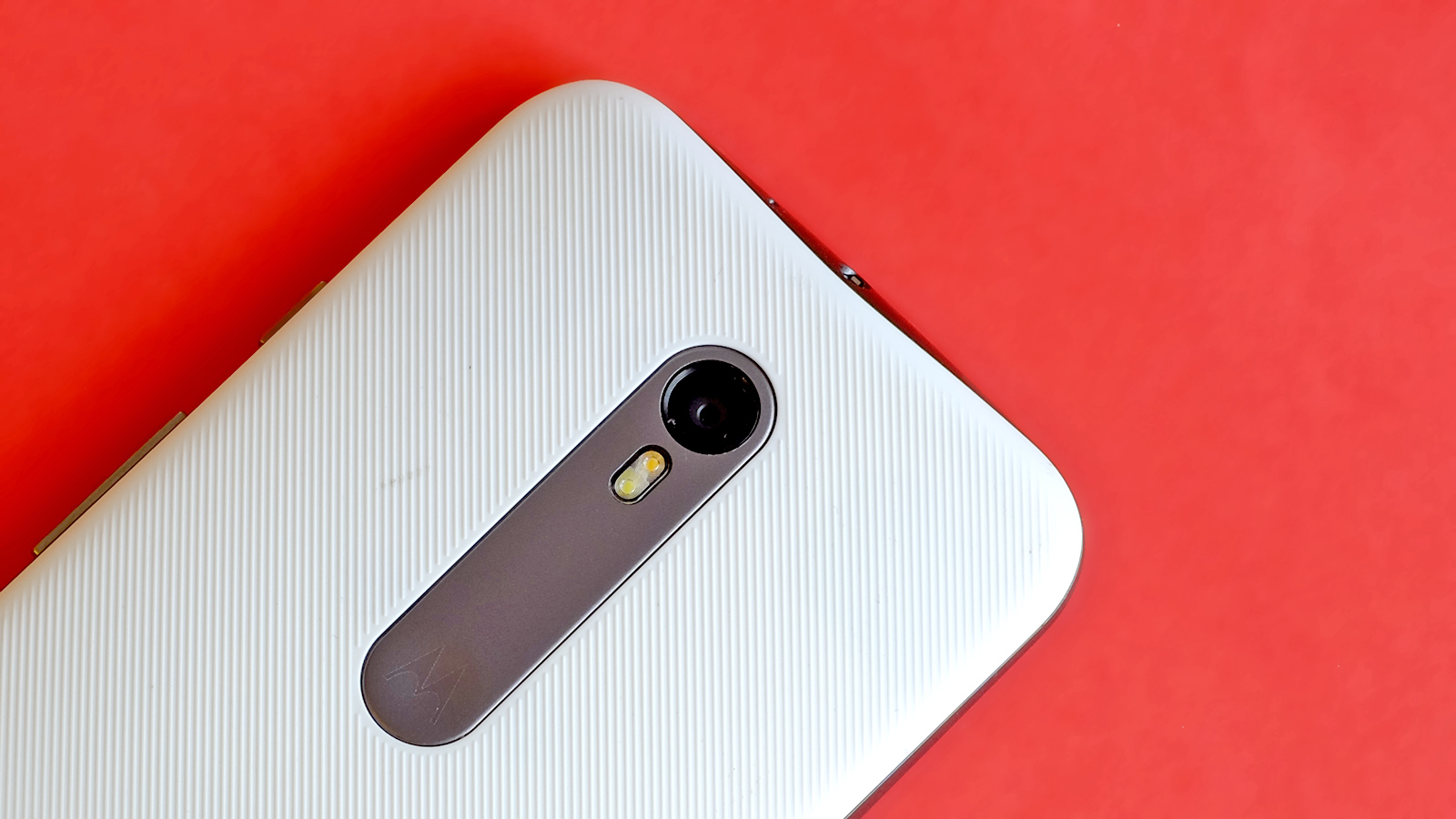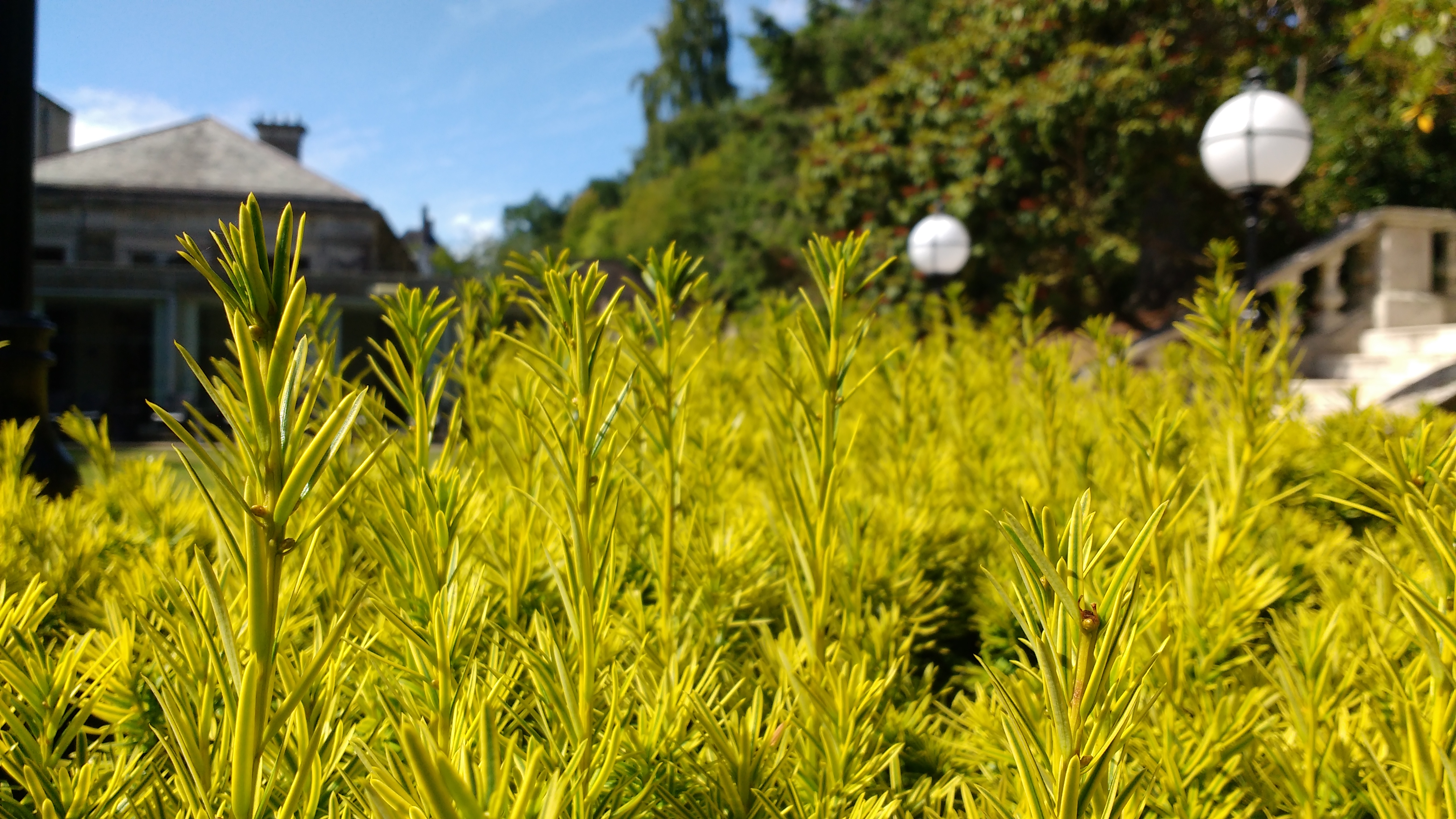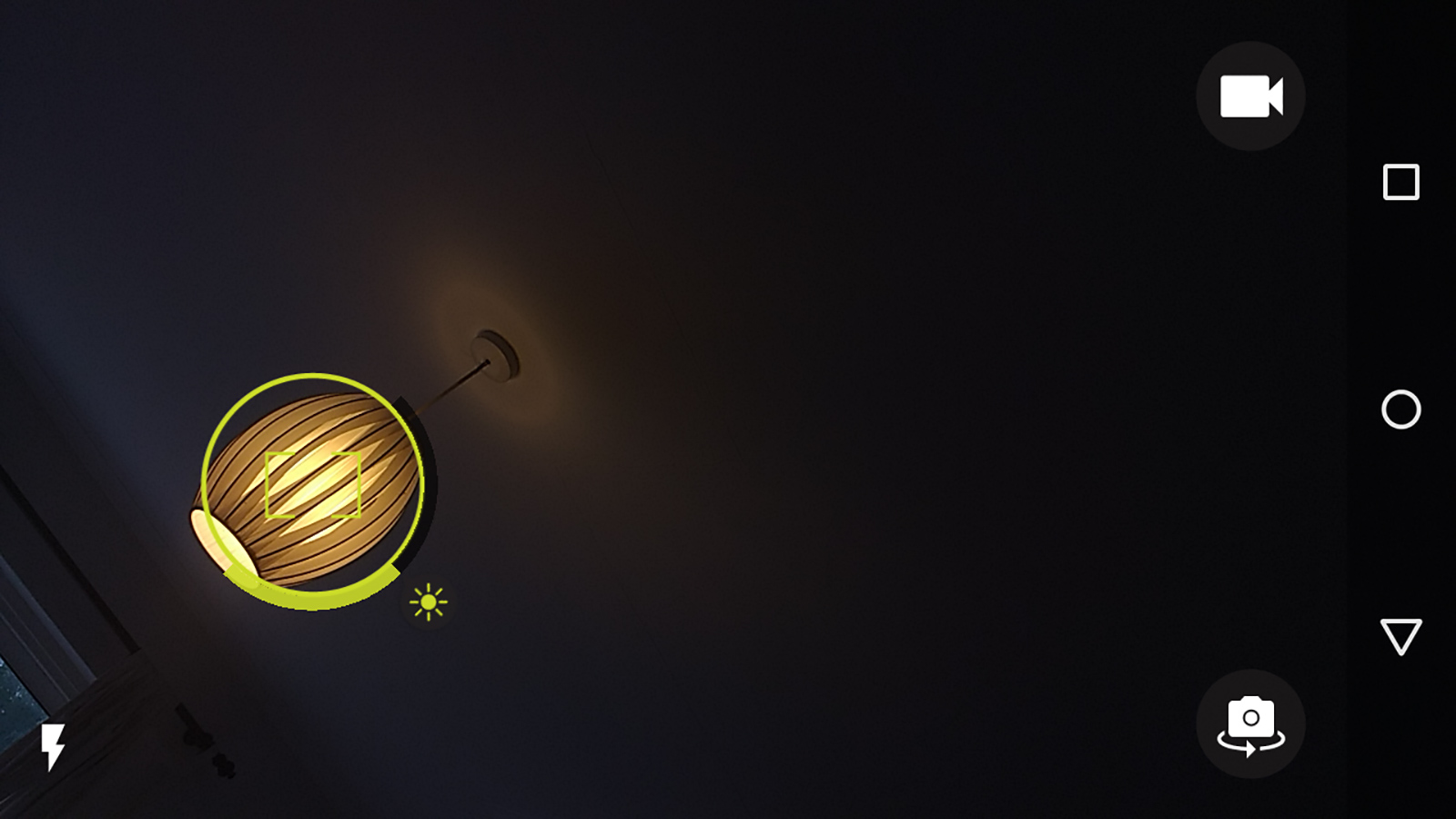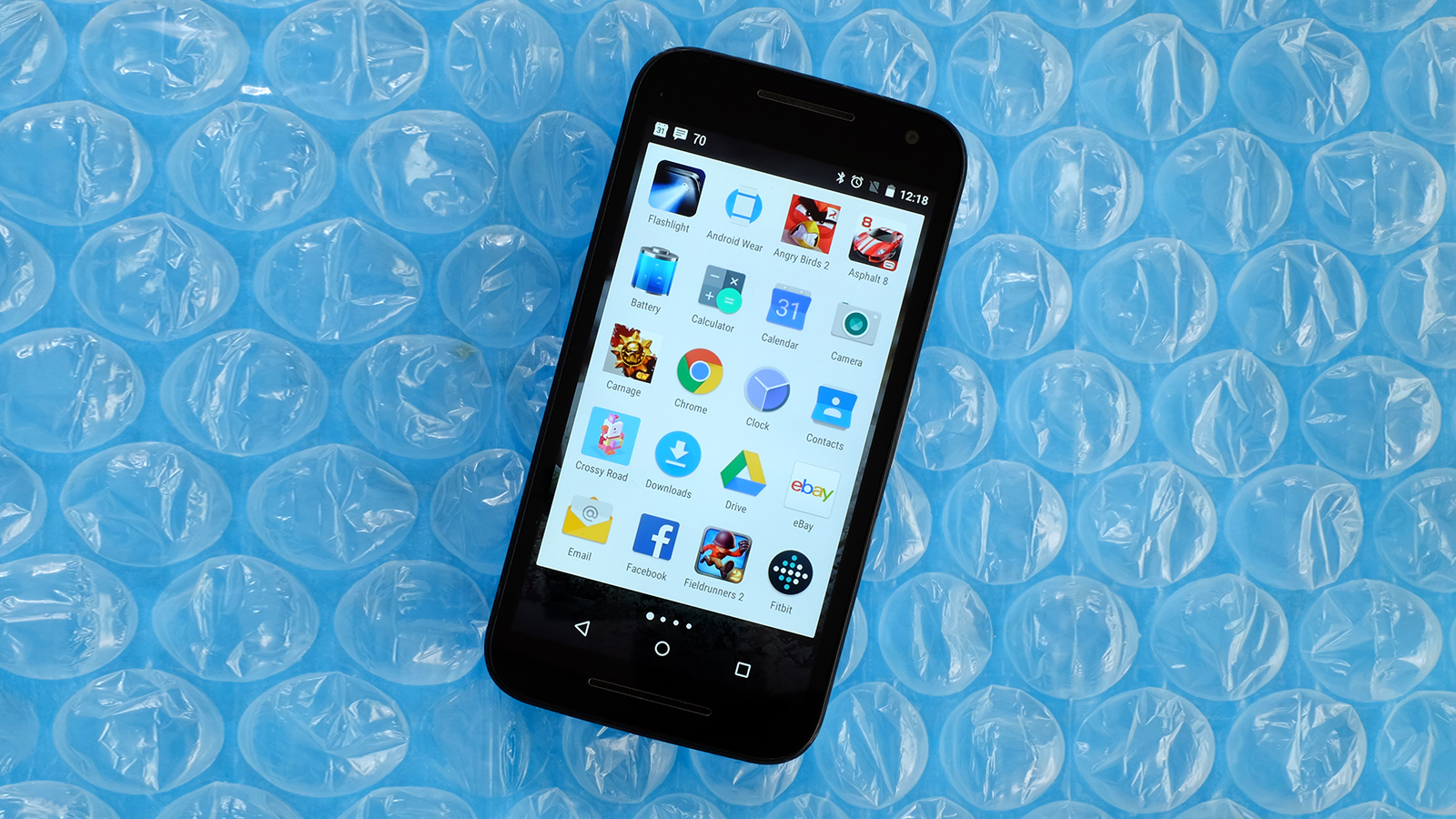Why you can trust TechRadar
Camera quality was the biggest issue with the earliest Moto G phones. The first version's camera was dreadful. But now Motorola has flipped that around, making it the single most impressive feature of the 2015 Moto G.
The Moto G has a 13-megapixel Sony IMX214 main sensor with an f/2.0 lens, and a 5-megapixel camera up front. This main camera sensor has been loads of times, most notably in the Nexus 6, OnePlus One and Huawei Ascend G7.

However, this might be one of the best applications of this core hardware I've seen. At the very least it's immensely impressive for a phone that starts at £180.
For example, while similar hardware was used in the Nexus 6, the Moto G shoots a lot faster than the Nexus 6 did when TechRadar reviewed it. Shooting speed and low shutter lag are important factors in making a phone camera feel fun to use.
It also produces a lot more good shots than duds, and doesn't take dull-looking pictures as soon as a cloudy sky appears.
In this respect the Moto G trashes two of its big-name rivals: the Sony Xperia M4 Aqua and HTC Desire 626. It both out-specs and out-performs the LG G4c too.
In daylight you get vibrant, natural colours. Punchy-looking photos that generally offer good contrast are the standard when shooting during the day. Detail is excellent too for a more affordable phone.
The Moto G impresses here because it matches a good sensor with solid processing. It doesn't under-saturate colours in the way the OnePlus One tends (or at least tended) to, and is far quicker off the mark than the Nexus 6, as I've already mentioned.
As well as soundly beating similar competition from HTC, Sony and LG, I got to test the Moto G alongside the iPhone 6 and found that its metering system generally comes up with pretty similar results. That's a very good thing.
The f/2.0 lens aperture also enables some neat shallow depth of field effects when you shoot close up, which is perfect for Instagram-bait nature shots. I was flat-out surprised with how great some of the Moto G shots look.

There is some room for improvement, though. If you switch the HDR mode to 'on' rather than leaving it on its (very solid) Auto setting, the high dynamic range effect is a bit too pronounced to look natural. The same is true of the original Moto G and the second-gen model. Motorola doesn't seem to have updated its HDR algorithms much. Maybe it's time, eh?
The Moto G's low-light and indoors lighting abilities aren't going to worry top-tier phone cameras either. Without OIS or super-aggressive low-light processing, dark scenes stay looking pretty dark, and the noise reduction algorithm tends to favour maintaining detail over making your images look super-smooth and noise-free.
There is a dual-LED flash, however, which keeps your shots from looking washed-out should you need extra light. Judging by test portraits, it works pretty well and maintains natural-looking skin tones.

Motorola has even put impressive work into the selfie camera. It's surprisingly great, far surpassing most entry-level 5-megapixel selfie cameras. And it can spar with the most expensive phones.
Faces appear bright and clear no matter the light conditions, white balance is generally on the money and it's able to render fine beard hairs more clearly than any other 5-megapixel selfie camera in a £200 phone. There's even a simulated flash selfie mode, but it tends to make people's faces look cool (in colour temperature, not the other cool) and introduce more noise.
I'm starting to see why Motorola has had to ramp up the price of the Moto G. After two years of listening to complaints about camera quality, it has clearly gone in all guns blazing.
Are there elements to improve? Yes, but for a £180-200 phone it's great.
Camera app
As before, the Moto G uses the custom Motorola camera app, but there's one big change this time. When you call up the touch focus control, you'll see it features an exposure dial. In some ways the Motorola camera app can feel fiddly. It has a less straightforward style than, say, the Samsung Galaxy S6's app, relying on a rotary menu that's not onscreen all the time.

However, this is probably the best use of manual exposure compensation control I've seen in a phone.
It just works, letting you quickly alter the exposure level with a quick flick of a thumb. The preview is generally accurate too, although it doesn't show the results of any HDR processing pre-shot.
The camera upgrade also enables 1080p video recording, something not previously included. It uses software stabilisation, allows HDR during video and comes with a 720p slo-mo mode. It's the full package.
Andrew is a freelance journalist and has been writing and editing for some of the UK's top tech and lifestyle publications including TrustedReviews, Stuff, T3, TechRadar, Lifehacker and others.

